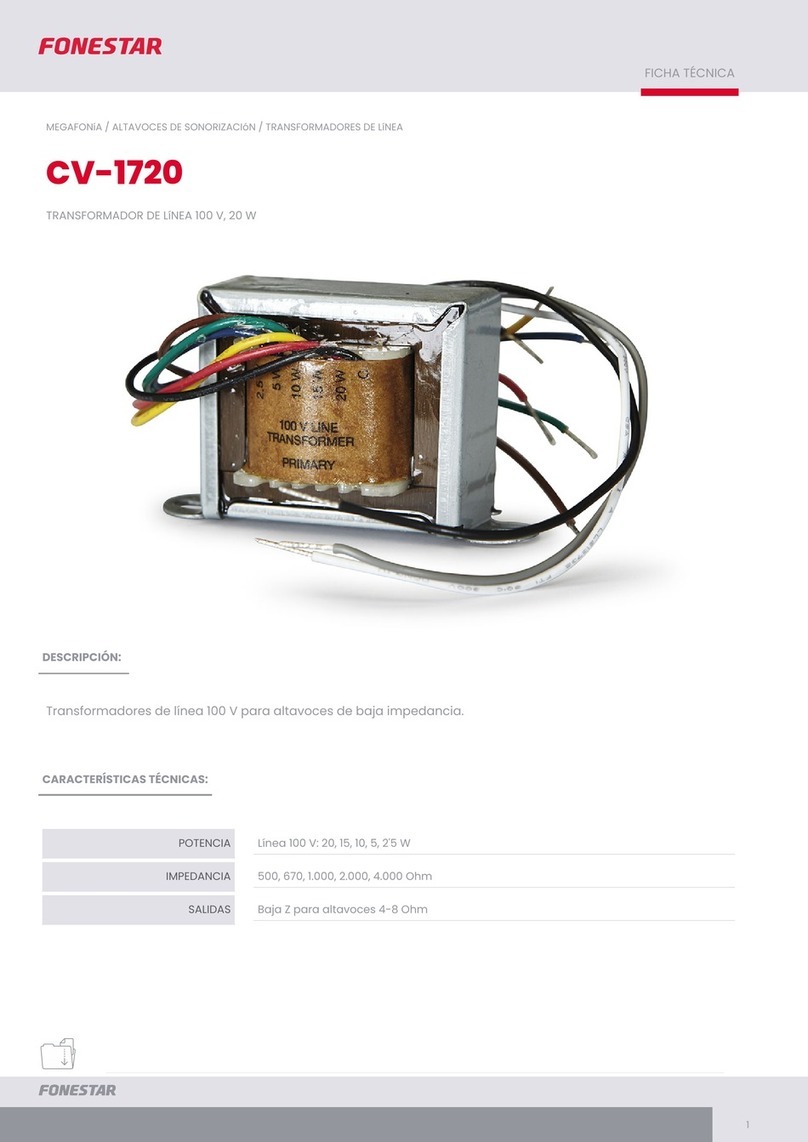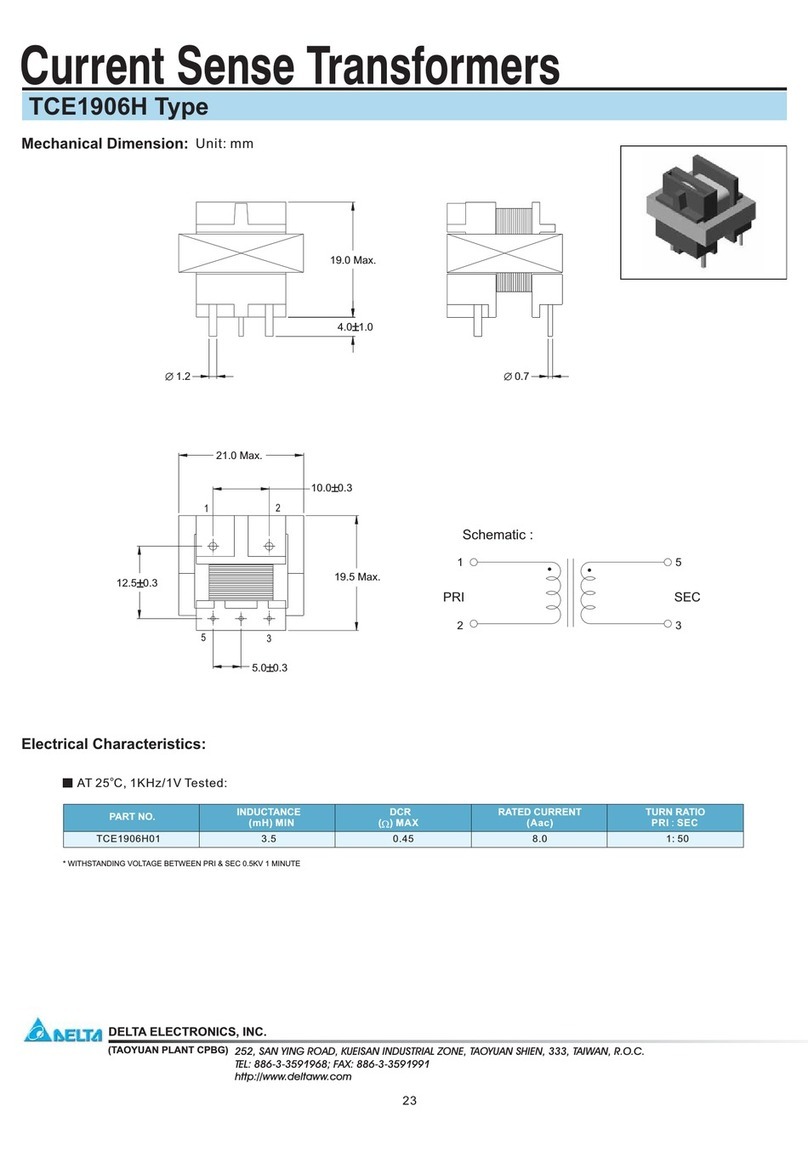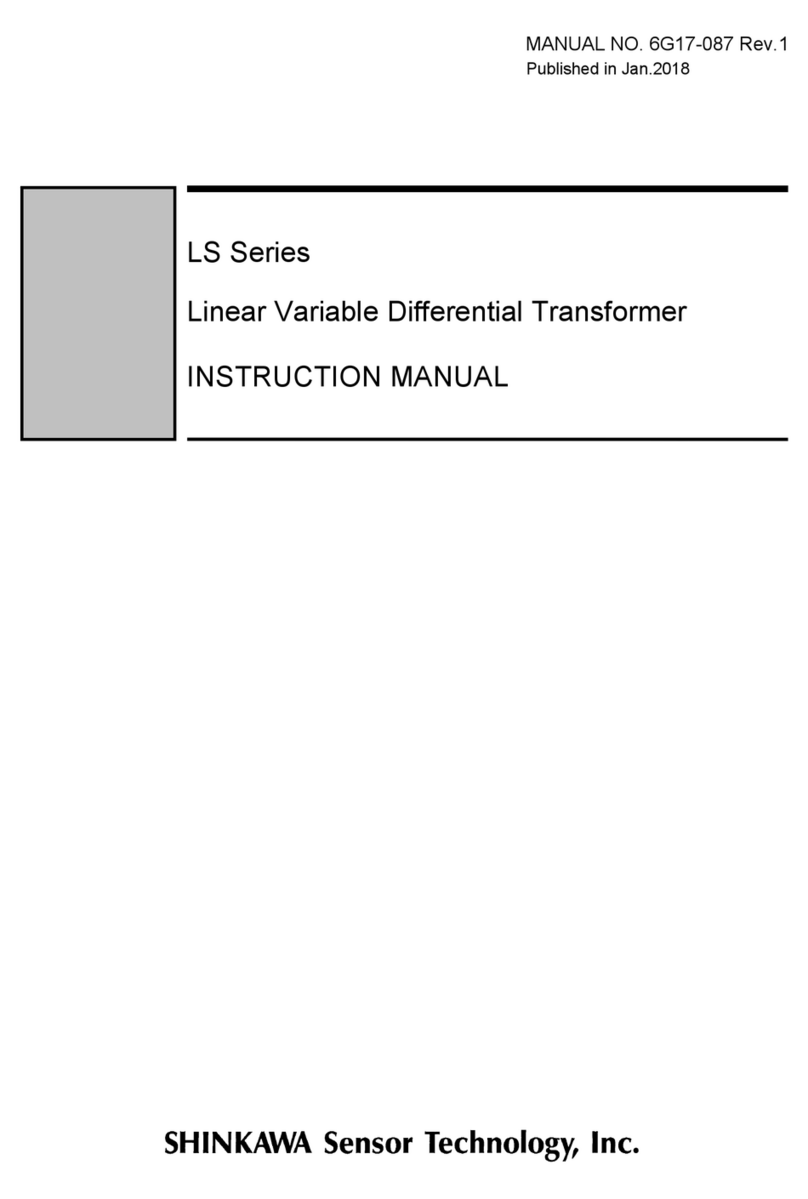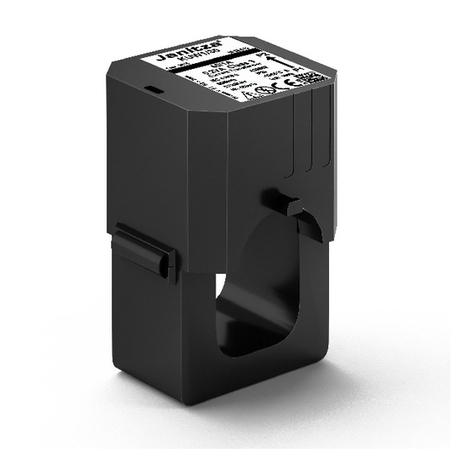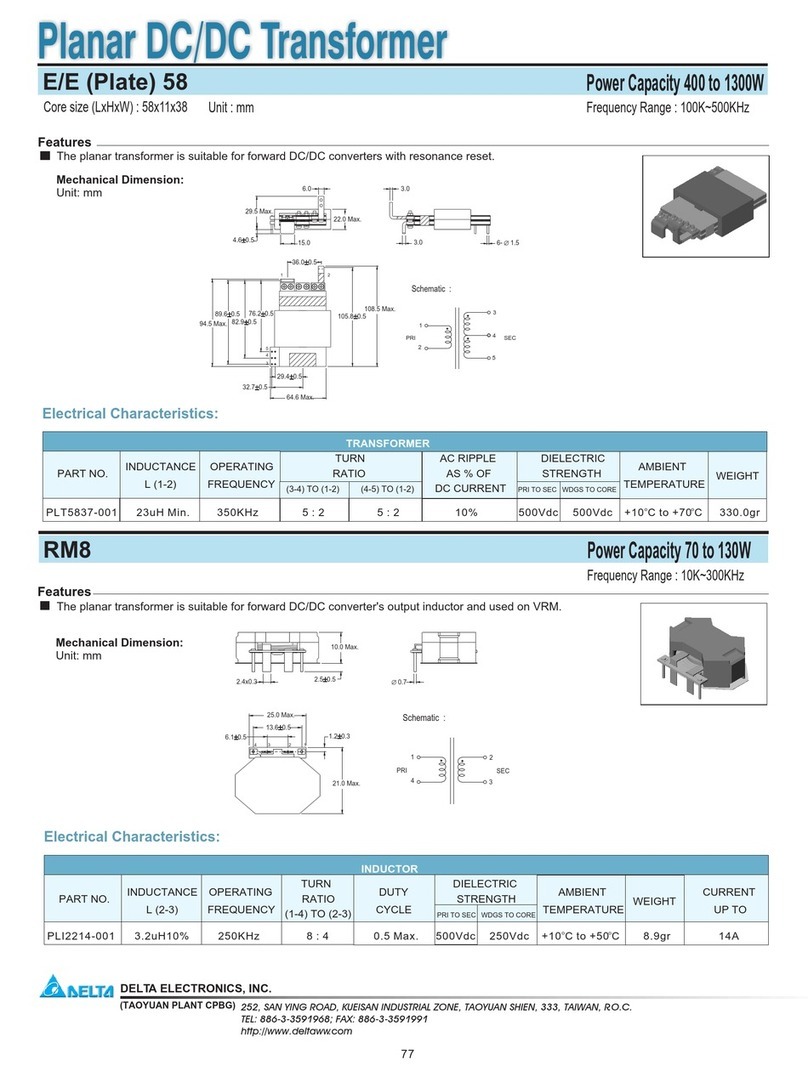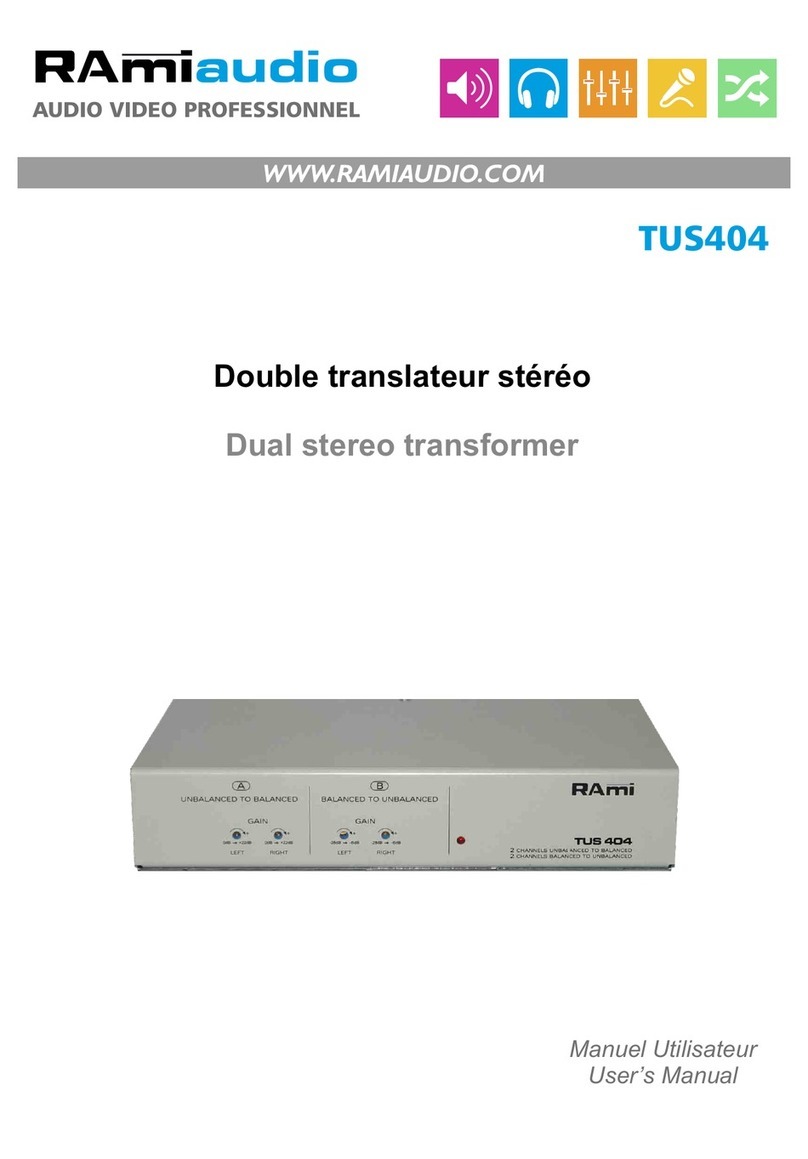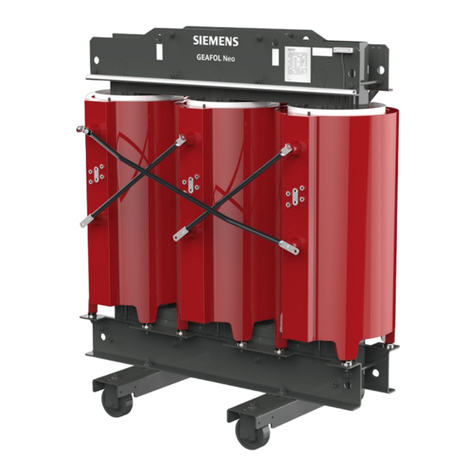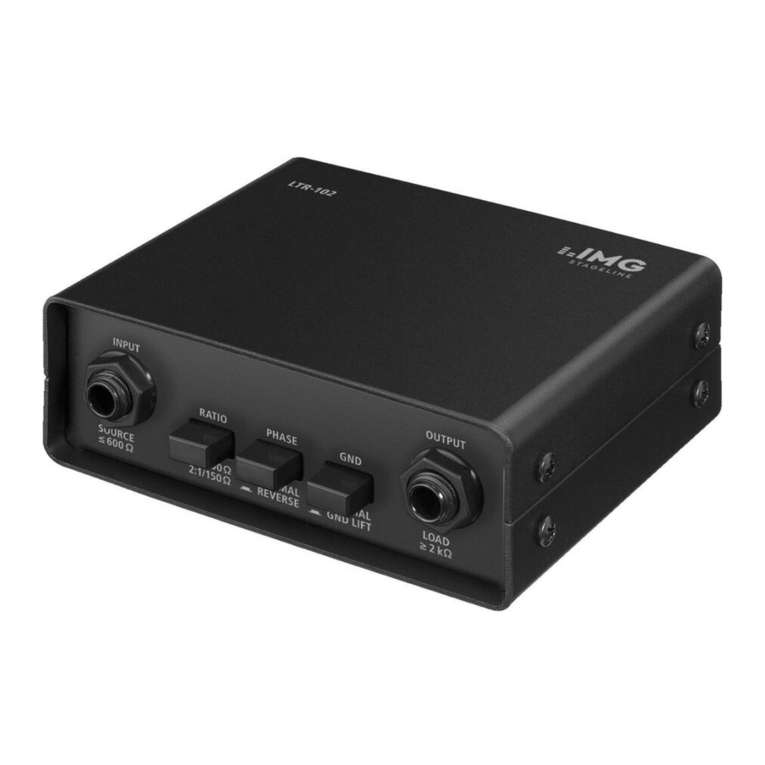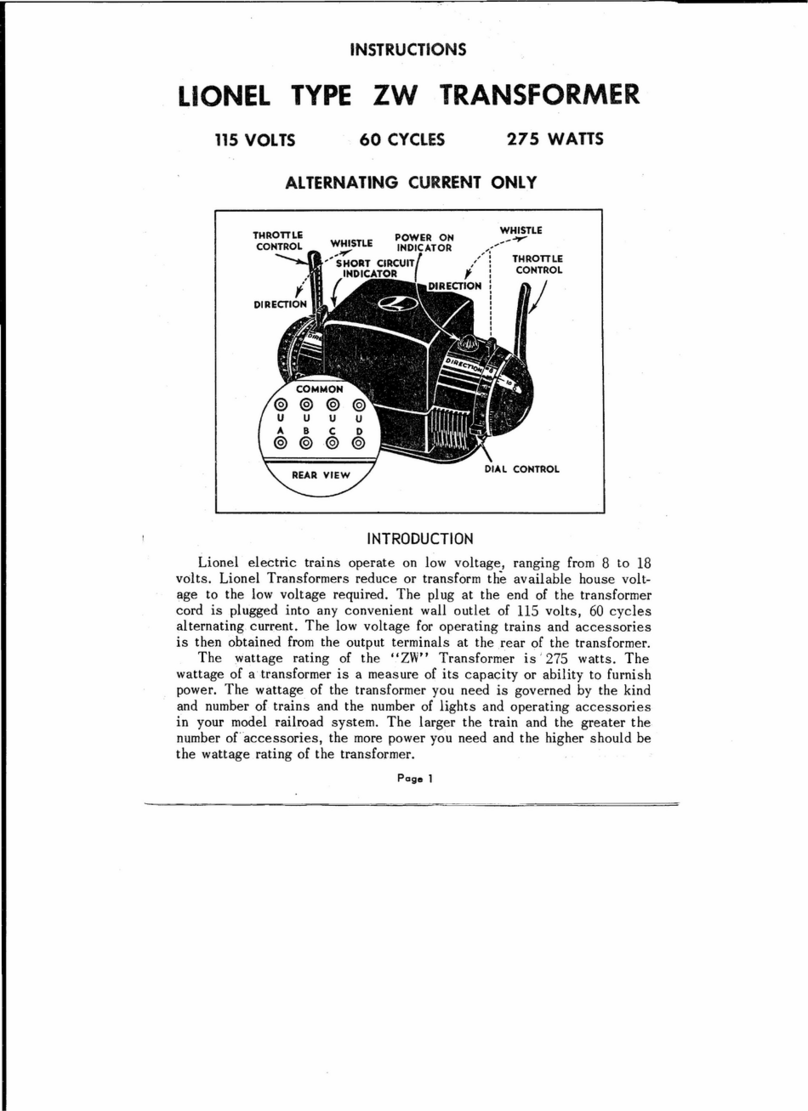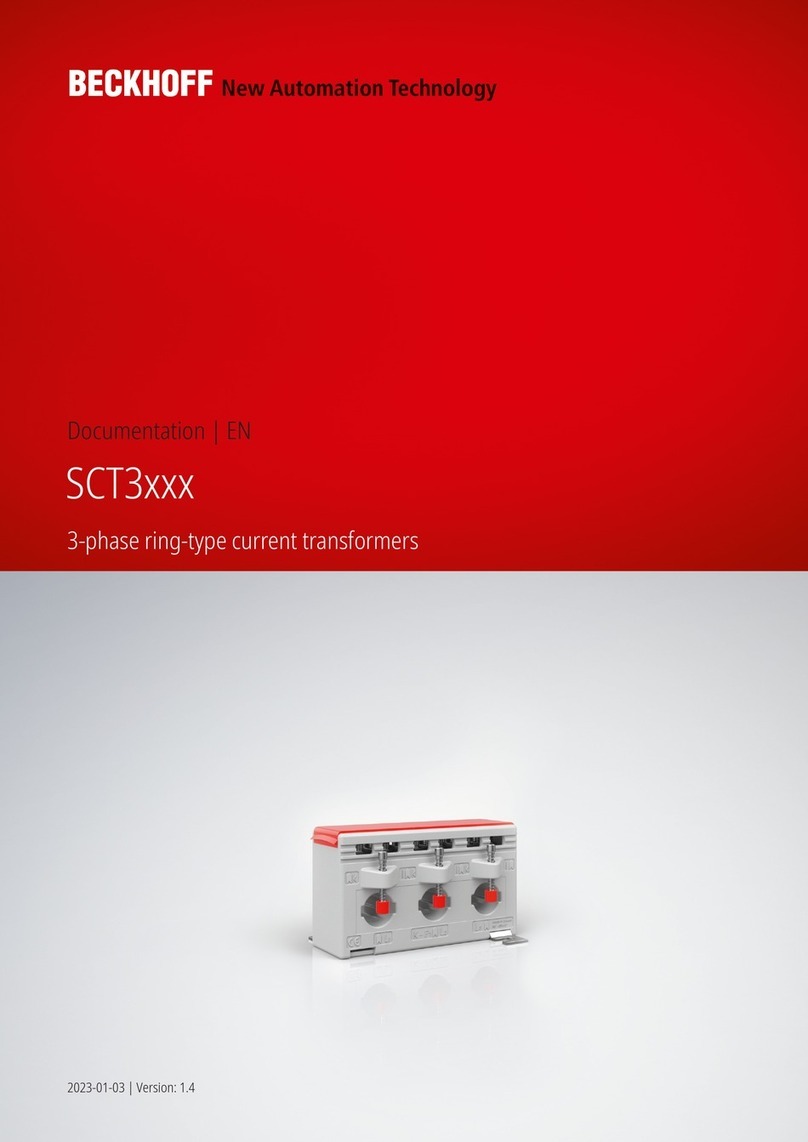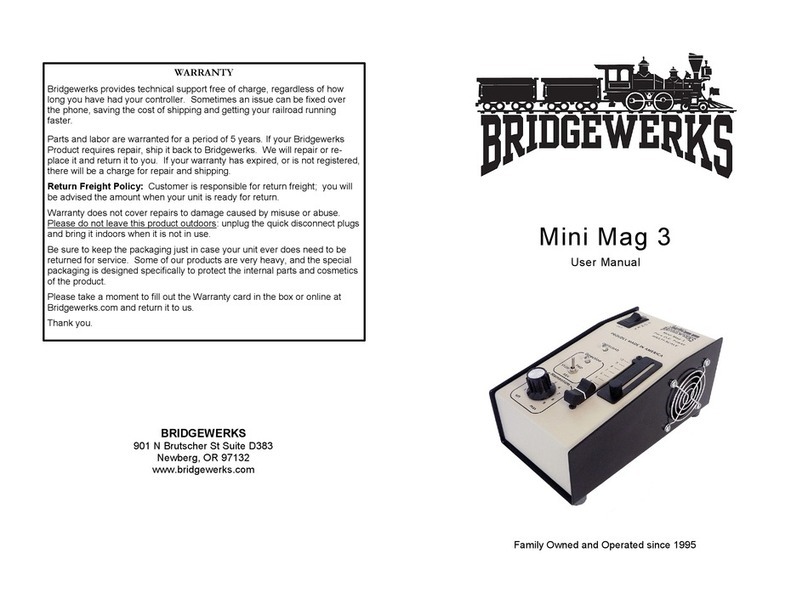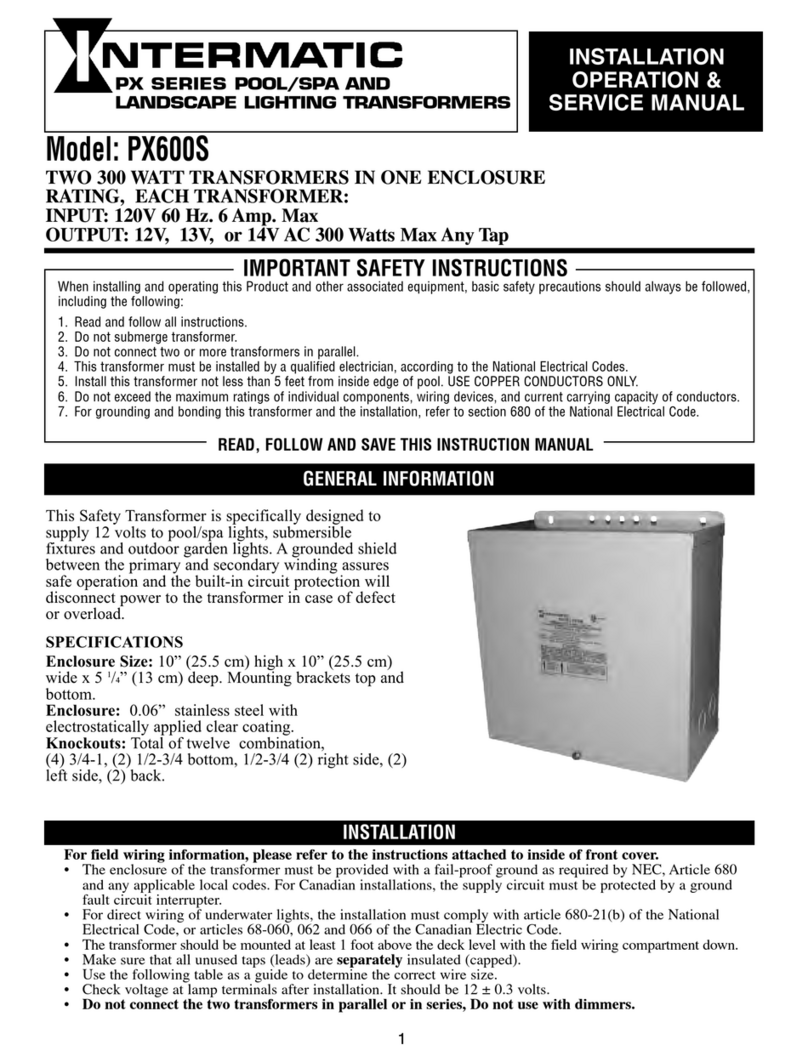CONNECT SECONDARY WIRES TO TRANSFORMER
1. Remove the bottom plate from the transformer.
2. Using a flathead screwdriver, adjust the common tap and appropriate low voltage tap on
terminal lug to accept secondary wires.
3. Run the secondary wire cables through the knockouts in the bottom plate.
4. Separate the wires from each pair and strip both approximately one inch.
5. Connect one wire from each pair to the common tap and the other wire to the appropriate low
voltage tap.
6. Secure the wires to the taps by tightening the common tap and the low voltage taps with a
flathead screwdriver.
CHECK VOLTAGE AT EACH FIXTURE
It is very important that the secondary voltage provided to each fixture is within the input voltage range
of the lamp or fixture. Halogen lamps and some LEDs have an input voltage rating of 12V. If the specified
input voltage range is 12V, the input voltage provided to the fixture must be between 11V and 12V. If the
voltage at the socket exceeds 12V, light output of the lamp will be higher but average rated life will
be lower. If the voltage at the socket is lower than 11V, light output will be lower and average rated life
will be higher. Many LEDs have an input voltage range of 10V - 15V, or 10V - 18V. For LEDs with input
voltage ranges, input voltage supplied to the lamp within that range is acceptable.
1. Plug the transformer into a covered 120V GFCI receptacle.
2. Switch on the transformer to provide secondary voltage to the fixtures.
3. Using a voltmeter, check the voltage at each fixture.
4. Make sure that the voltage at each fixture is within the specified input voltage range of the
lamps or integrated LED fixtures.
5. If the measured voltage falls outside of the specified input voltage range of the lamps or
integrated LED fixtures, adjust the voltage to the acceptable range by moving the wire to
higher/lower voltage tap.
CHECK OUTPUT AMPS
After checking the voltages on the run, use a clamp-on meter to measure the output current on the low
voltage cable at the transformer for each circuit. Make sure that the output current of the circuit is
below the maximum rated Amperage.

